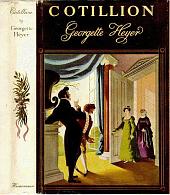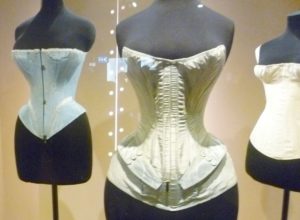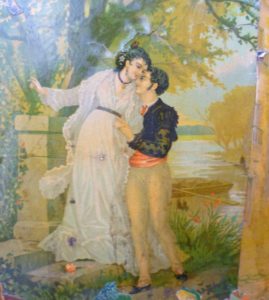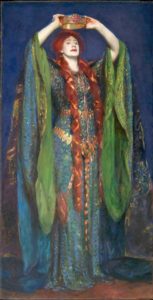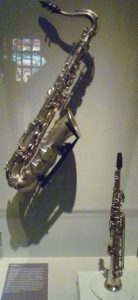The Cabochon Emerald, my 7th Elizabeth Hawksley historical novel, which comes out in e-books on Monday 2nd August, owes its existence to a lucky find in a second-hand bookshop: The French Exiles 1789-1815 by Margery Weiner. Weiner’s book absolutely grabbed me: she follows the lives of the some of the 25,000 émigrés who fled the French Revolution and came to England: who were they? Yes, there were aristocrats and members of the clergy (in 1793, the French Government abolished Christianity), but those fleeing for their lives also also included artisans who worked in luxury industries, like jewellers or couturiers, which made them more vulnerable to being arrested. Why did they choose to come to London – a Protestant country, after all; how did they get here; where did they live; and how did they manage to make a living?

The French Exiles 1789-1815 by Margery Weiner
Continue reading The Launch of ‘The Cabochon Emerald’ in e-books
Please share this page...
